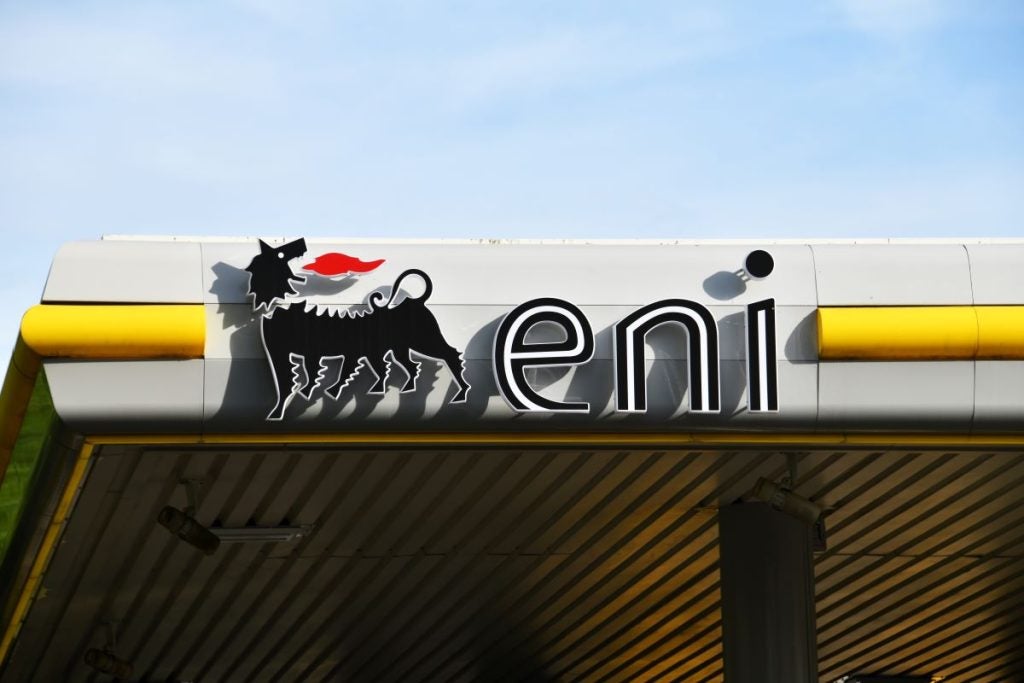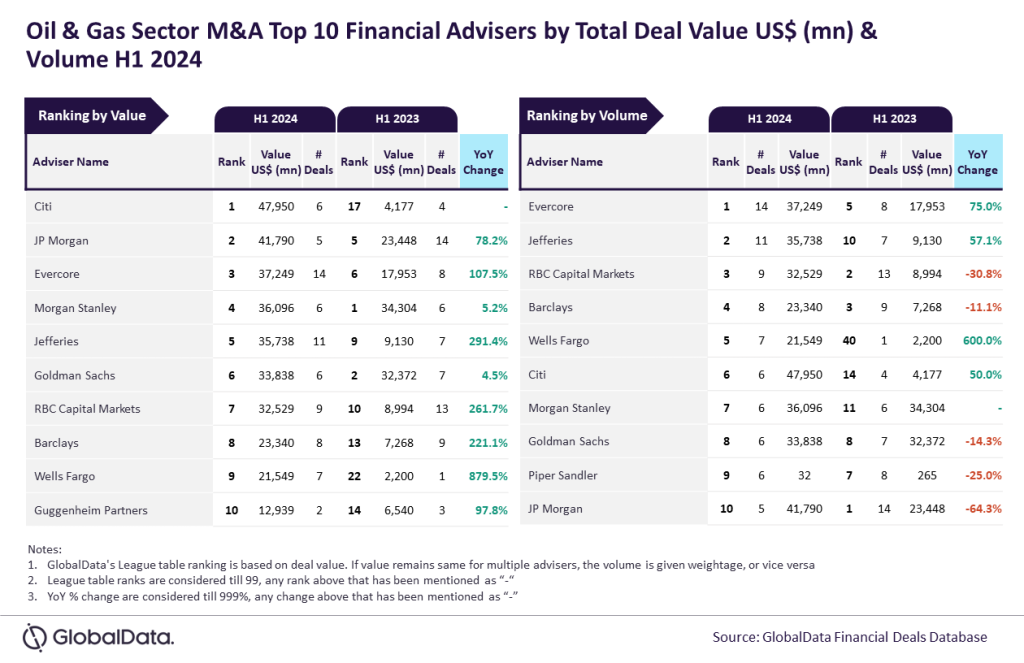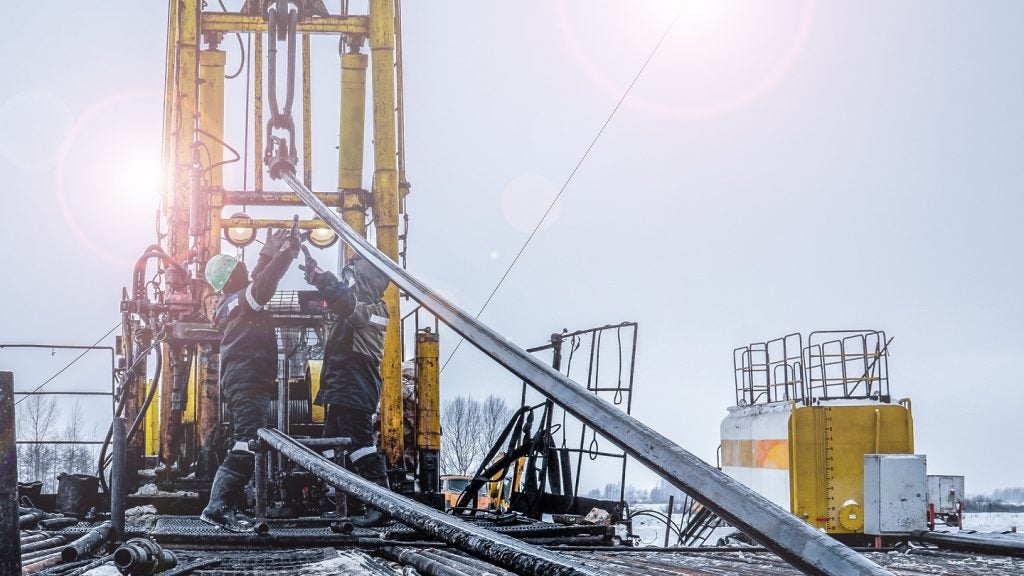Cameia-Golfinho is a conventional oil development located in ultra-deepwater in Angola and is operated by Total E&P Angola. According to GlobalData, who tracks more than 34,000 active and developing oil and gas fields worldwide, Cameia-Golfinho was discovered in 2012, lies in block Block 20, with water depth of around 5,610 feet. Buy the profile here.
The project is currently in approval stage and is expected to start commercial production in 2026. Final investment decision (FID) of the project will be approved in 2024. The development cost is expected to be $6,000 m. The Cameia-Golfinho conventional oil development will includes FPSO.
Field participation details
The field is owned by Petroliam Nasional, Sonangol EP and TotalEnergies.
Production from Cameia-Golfinho
Production from the Cameia-Golfinho conventional oil development project is expected to begin in 2026 and is forecast to peak in 2029, Based on economic assumptions, the production will continue until the field reaches its economic limit in 2059.
Contractors involved in the Cameia-Golfinho conventional oil field
Some of the key contractors involved in the Cameia-Golfinho project as follows.
Design/FEED Engineering: DORIS Engineering and River City Engineering (RCE)
Other Contractors: Yinson Holdings, Loews, DeepBlue, ITO Marine and Technip Energies
For more details on the Cameia-Golfinho Conventional Oil Field, buy the profile here.
Data Insights
From

The gold standard of business intelligence.
Blending expert knowledge with cutting-edge technology, GlobalData’s unrivalled proprietary data will enable you to decode what’s happening in your market. You can make better informed decisions and gain a future-proof advantage over your competitors.







